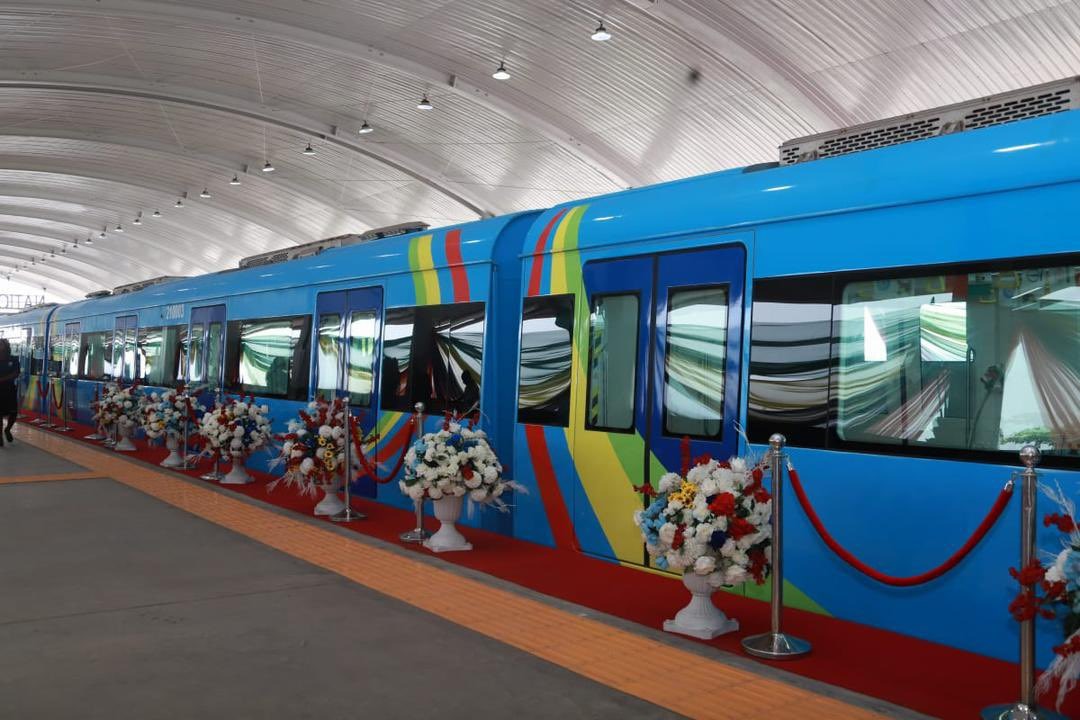
The governor stated this on Wednesday during an event to commemorate the completion of the first phase of Lagos rail mass transit held at the National Theatre Blue Line Station, Iganmu, Lagos.
In his address, Sanwo-Olu noted that the rail line which stretched from Marina to Mile 2, would be powered by electricity to be supplied from an independent power plant.
He said, “What we are gathered for is to commemorate the completion of the project construction and very soon, in the first quarter of 2023, will put together a fitting official commissioning. Until then, we have an important phase of test-running to carry out, to ensure that everything is in place and in order, for the kick-off of full commercial operations.
“This milestone in the development of the Lagos Rail Mass Transit is the culmination of several impactful reforms in the transport ecosystem of Lagos State, starting in 1999, the dawn of the Fourth Republic, when our leader, Asiwaju Bola Ahmed Tinubu assumed office as the democratically-elected governor of Lagos State.
“The first phase of the Lagos Rail Mass Transit Blue Line stretches from Marina to Mile 2, covering five stations and a 13 kilometre stretch, out of the total of 27 km that is the entire Blue Line, and which will run from Marina to Okokomaiko. The line will be powered by electricity to be supplied from a standalone independent power plant.”
Also speaking at the event, the state Commissioner for Transportation, Dr. Frederic Oladeinde, noted that the reduction of traffic congestion would promote economic growth in Lagos State.
“In the last three and a half years, and with the support of Mr Governor, we have improved 41 junctions, which have significantly reduced congestion within the identified localities, thereby promoting economic growth for both formal and informal sectors,” he said.
Earlier, the Managing Director of Lagos Metropolitan Area Transport Authority, Mrs. Abimbola Akinajo, said, “In our projection, we reckon that this phase of the rail project would move no less than 250,000 passengers daily, while the entire line when completed would move more than 500,000 passengers.”





